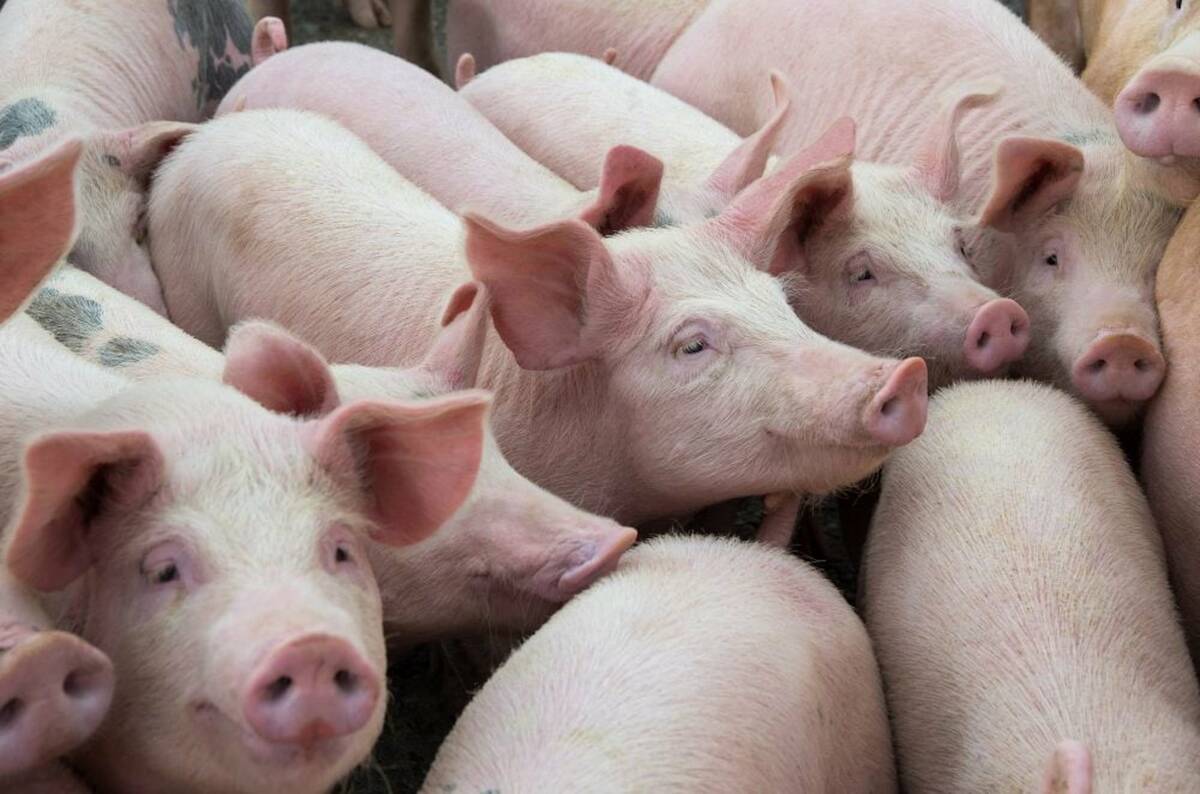CNS Canada — Cheap corn imports and adverse Prairie harvest conditions should mean no shortage of feed grain in Alberta’s feedlot alley this winter — which should also keep prices under pressure going forward.
“Anytime you get a ripe crop and you get snow and rain falling on it, it normally doesn’t make better quality,” said Brandon Motz of CorNine Commodities at Lacombe, Alta.
While some better-quality crops were harvested earlier to help balance things out, “the general perception is that we won’t be surprised if more feed becomes available,” he said.
Read Also

U.S. livestock: Hogs rise ahead of ‘Hogs and Pigs’ report
Chicago cattle futures continued to inch upward on Monday. Hogs also rose in anticipation of Tuesday’s Hogs and Pigs report….
From a yield perspective, it’s still not a bumper crop, but it’s not a wreck either and production ended up a bit better than expectations, according to Motz. Now it’s only a matter of actually getting the crop off the field.
“It’s definitely a different picture than we were seeing in July,” he said, noting feed supplies likely won’t be an issue this year.
Cheap corn imports are also widely available in the market and “holding the domestic feed grains at bay,” he said.
With ample feed supplies, there is no sense of urgency to get coverage and feedlots are picking away on a hand-to-mouth basis as more cattle come on feed.
Barley in southern Alberta is currently trading in the $248-$250 per tonne range for delivery into December, while corn delivered into the region is priced at only $240 per tonne. Prices for both are down from where they were a month ago, with corn losing more ground than barley.
Corn has a better feed value than barley, “so it’s always appealing when you can get feed corn for cheaper than barley,” said Motz.
Feed wheat could be a wildcard in the market, with the poor harvest weather likely leading to some downgrades in the wheat crop. “If it gets cheap enough, the feedlot will gobble up as much (wheat) as possible,” said Motz.
— Phil Franz-Warkentin writes for Commodity News Service Canada, a Glacier FarmMedia company specializing in grain and commodity market reporting.
















